
| Recorded by: Mark Basinger on 2025-11-09
Pender Co.
Comment: | 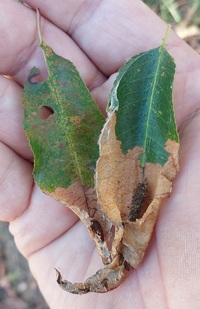
| Recorded by: Mark Basinger on 2025-11-07
Hoke Co.
Comment: |

| Recorded by: Mark Basinger on 2025-10-01
Hoke Co.
Comment: | 
| Recorded by: Mark Basinger on 2025-07-23
Columbus Co.
Comment: |
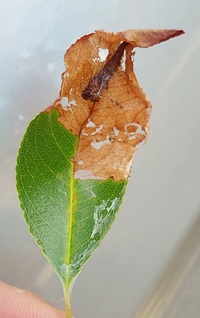
| Recorded by: Mark Basinger on 2025-07-20
Brunswick Co.
Comment: | 
| Recorded by: Mark Basinger on 2025-07-14
Richmond Co.
Comment: |
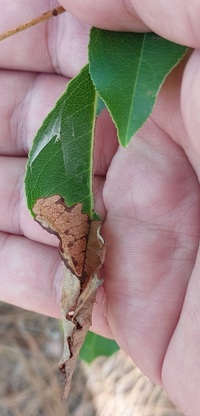
| Recorded by: Mark Basinger on 2025-07-14
Scotland Co.
Comment: | 
| Recorded by: Mark Basinger on 2025-07-12
Davidson Co.
Comment: |
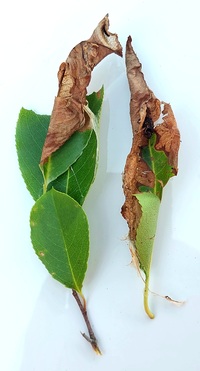
| Recorded by: Mark Basinger on 2025-07-10
Bladen Co.
Comment: | 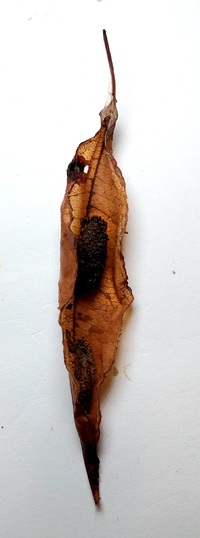
| Recorded by: Mark Basinger on 2025-07-03
Wilson Co.
Comment: |

| Recorded by: Jim Petranka, Mark Basinger and Becky Elkin on 2025-06-28
Moore Co.
Comment: A terminal leaf fold on Black Cherry. | 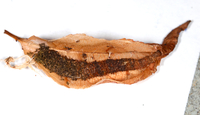
| Recorded by: Jim Petranka, Mark Basinger and Becky Elkin on 2025-06-28
Moore Co.
Comment: Unoccupied frass tube was in leaf roll on black Cherry. |
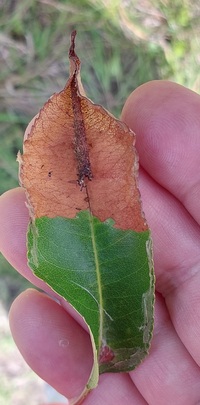
| Recorded by: Mark Basinger on 2025-06-20
Brunswick Co.
Comment: | 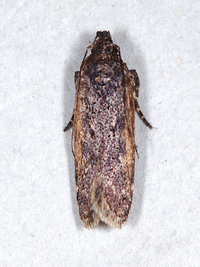
| Recorded by: Jim Petranka on 2025-06-16
Cumberland Co.
Comment: |
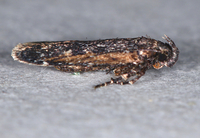
| Recorded by: Jim Petranka on 2025-06-16
Cumberland Co.
Comment: | 
| Recorded by: Jim Petranka on 2025-06-12
Cumberland Co.
Comment: |
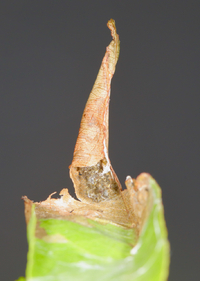
| Recorded by: Jim Petranka on 2025-06-12
Cumberland Co.
Comment: | 
| Recorded by: Jim Petranka on 2025-06-12
Cumberland Co.
Comment: |

| Recorded by: Jim Petranka on 2025-06-11
Cumberland Co.
Comment: Specimen was dissected. | 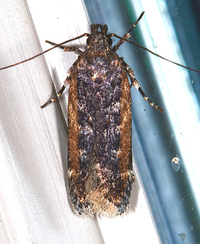
| Recorded by: Jim Petranka on 2023-07-25
Madison Co.
Comment: |

| Recorded by: Jim Petranka and Bo Sullivan on 2023-07-11
Scotland Co.
Comment: A reared adult from Black Cherry; larvae on June 15, 2023; pupa of June 30; adult on July 11 (see companion photos of the frass tube, larva, and pupa). | 
| Recorded by: Jim Petranka and Bo Sullivan on 2023-07-11
Scotland Co.
Comment: A reared adult from Black Cherry; larvae on June 15, 2023; pupa of June 30; adult on July 11 (see companion photos of the frass tube, larva, and pupa). |
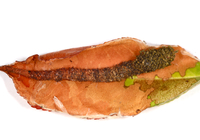
| Recorded by: Jim Petranka and Bo Sullivan on 2023-06-15
Scotland Co.
Comment: A frass tube on Black Cherry; note the skeletonized leaf tissue that surrounds the tube. | 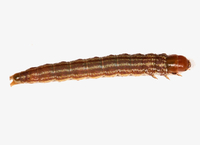
| Recorded by: Jim Petranka and Bo Sullivan on 2023-06-15
Scotland Co.
Comment: A mid-instar larva that was removed from its frass tube. |
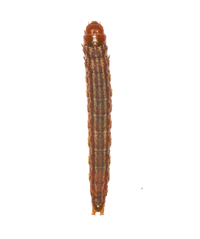
| Recorded by: Jim Petranka and Bo Sullivan on 2023-06-15
Scotland Co.
Comment: A mid-instar larva that was removed from its frass tube. | 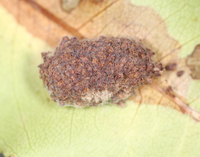
| Recorded by: Jim Petranka and Bo Sullivan on 2023-06-15
Scotland Co.
Comment: This ovoid-shaped cocoon was constructed from the frass tube. |

| Recorded by: David George, Becky Watkins on 2022-08-21
Durham Co.
Comment: A larva from a frass tube on Black Cherry. | 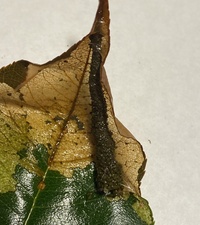
| Recorded by: David George, Becky Watkins on 2022-08-21
Durham Co.
Comment: A frass tube that was in a rolled leaf of Black Cherry. |
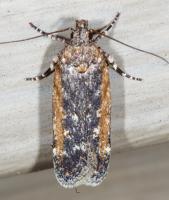
| Recorded by: Jim Petranka on 2019-08-04
Madison Co.
Comment: | 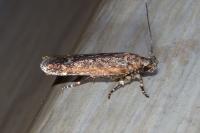
| Recorded by: Jim Petranka on 2019-08-04
Madison Co.
Comment: |
|

 »
»




 »
»


